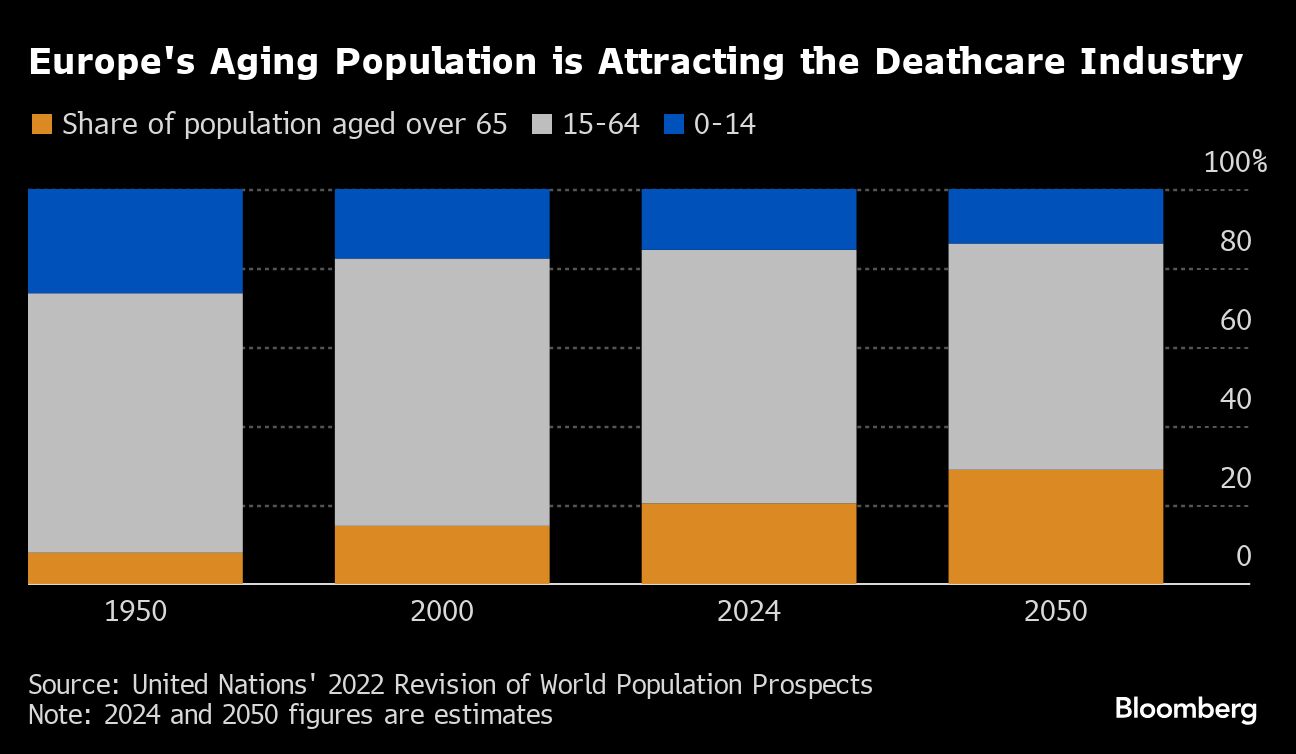
SUMMERS SAYS CURRENCY INTERVENTIONS FAIL EVEN AT JAPAN’S SCALE
(Bloomberg) -- Former US Treasury Secretary Lawrence Summers said that currency interventions are ineffective at shifting exchange rates, even at the large magnitude that Japan has been thought to have deployed recently.
“Given the massive size of the capital markets, I think the evidence is reasonably clear intervention doesn’t work — even in the scales that the Japanese engaged,” Summers said on Bloomberg Television’s Wall Street Week with David Westin. “It’s just overwhelmed by the broad magnitude of private sector capital flows.”
The yen is heading for its best week against the dollar since 2022 after potentially two rounds of intervention by Japanese authorities. Policymakers likely spent some ¥9 trillion this week, or nearly $60 billion at current exchange rates, Bloomberg analysis of Bank of Japan accounts shows. That’s after the yen slumped on Monday to its weakest level since 1990.
At the same time, Summers suggested that the yen had become stretched.
“Nations tend to intervene when currencies have gotten very far from normal levels,” and when that happens, “they sometimes bounce back,” he said. “So I wouldn’t want to confidently presume that the yen will devalue further from here — it could go either way,” said Summers, a Harvard University professor and paid contributor to Bloomberg News.
Summers himself oversaw occasional currency interventions during his tenure at the Treasury in the 1990s and in 2000, when the Group of Seven stepped in to support the euro.
“If the yen does appreciate, I’m going to attribute that much more to ‘snap back’ than I’m going to attribute it to the efficacy of intervention,” Summers said.
He also said that many observers are failing to grasp the disinflationary impulse on the US that’s coming from the exchange rate.
“The dollar is extremely strong right now” and “indeed, it’s not just that the dollar is strong, but that the dollar is strengthening,” he said. “That imparts a disinflationary bias to the US economy.”
He cautioned that this effect may wane, adding to Federal Reserve policymakers’ challenges in getting inflation back to their 2% target.
Powell ‘Mistake’
“I don’t think we can count on that to continue,” he said of the dollar’s strengthening. “That’s one of the reasons why I think the Fed’s a little too serene.”
Summers also reiterated his view that the Fed has mis-assessed how tight its current interest-rate stance is. He was speaking two days after Chair Jerome Powell said that “over time,” the current target range of 5.25% to 5.5% “will be sufficiently restrictive” to get inflation back to 2%.
“I think that the chair is making a mistake if he is confident that policy is meaningfully restrictive,” Summers said.
While data Friday showed that payroll and wage growth slowed in April, Summers noted that earlier in the week a broad gauge of labor costs — the employment cost index — proved “disturbing on the high side.”
More on US wage, job data:| US Jobs Report to Show Continuing Streak of Big Employment GainsUS Labor Costs Rise by Most in Year in Sign of Wage PressuresCooling Productivity Gains Help Push Up Unit Labor Costs |
Taking in all the week’s data, there’s little change in the sense at the start of the week that “the most likely thing is no-cut or a little bit of cutting this year” by the Fed, Summers said.
Most Read from Bloomberg
- Truce Talks Shift to Qatar as Hamas Hits Israel Border Crossing
- France’s Macron Calls for Reset of Economic Ties With China
- Buffett Praises Apple After Trimming It, Drops Paramount Stake
- Treasury Rally Risks Running Into a $125 Billion Brick Wall
- Xi Begins Europe Tour in Paris as Macron Seeks to Reset Ties
©2024 Bloomberg L.P.
2024-05-03T16:56:41Z dg43tfdfdgfd











